The original ‘Seven Wonders of the Waterways’ was a list compiled by the writer Robert Aickman: Canal geeks will know him as co-founder of the Inland Waterways Association. At a time when the canals had all but crumbled into a state of disrepair, IWA campaigned to save the waterways for leisure use. Aickman’s list included iconic structures like the Pontycsyllte Aquaduct in Wales, the Anderton Boat Lift, and the Bingley Five Rise locks.
But what about the Fenland Waterways? The flat landscape here doesn’t really lend itself to towering aqueducts, but our peaceful waterways still offer plenty of history, wildlife, and fascinating structures. Here are our suggestions for the ‘Seven Wonders of the Fenland Waterways’, each offering something special for any hire boaters visiting the area.
-
St Ives Medieval Chapel Bridge
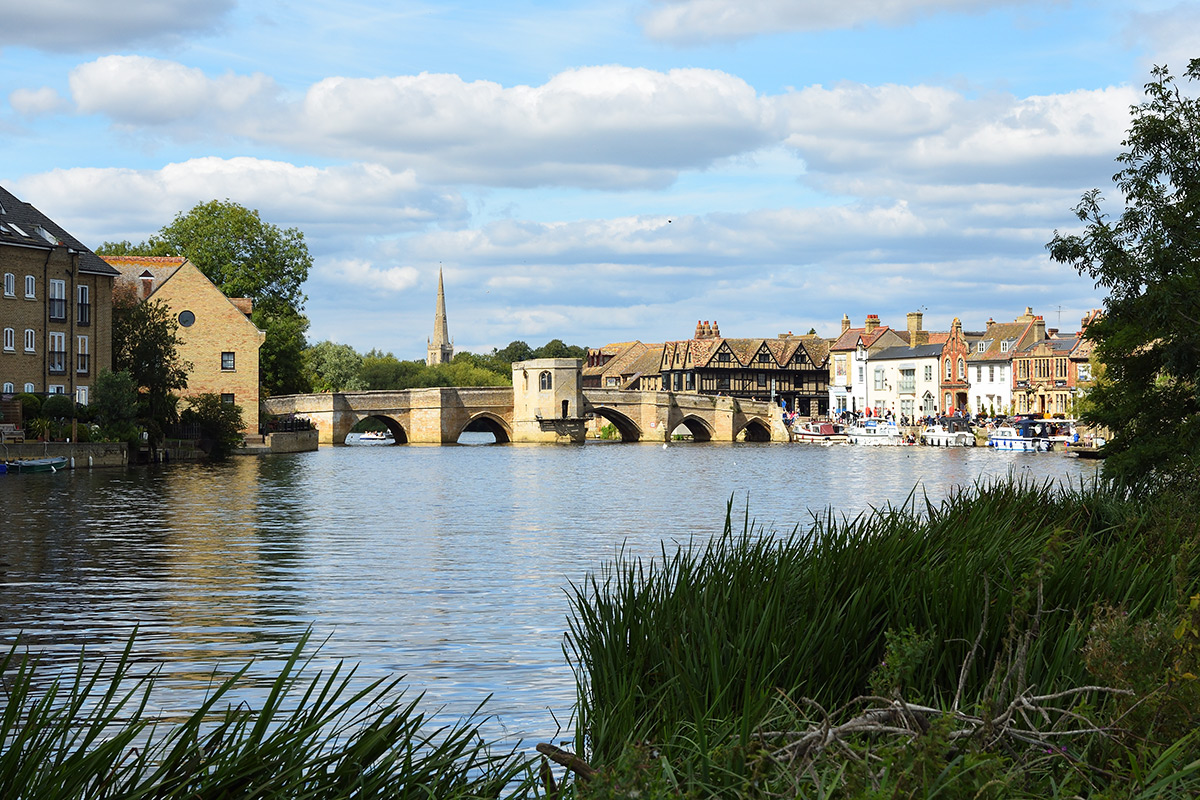
st ives medieval chapel bridge
This impressive 15th-century bridge is one of only four remaining chapel bridges in England. The picturesque stone arches and historic chapel across the Great River Ouse, make it one of the most beautiful sights on the Fenland waterways. This is still a place of worship, and it also hosts various arts events. Can you imagine all the traders, monks, and travellers who crossed this bridge in times gone by? There are public moorings at St Ives Quay (with a water point) and The Waites. Moorings are also available for customers at The Dolphin Hotel.
-
Ely Cathedral
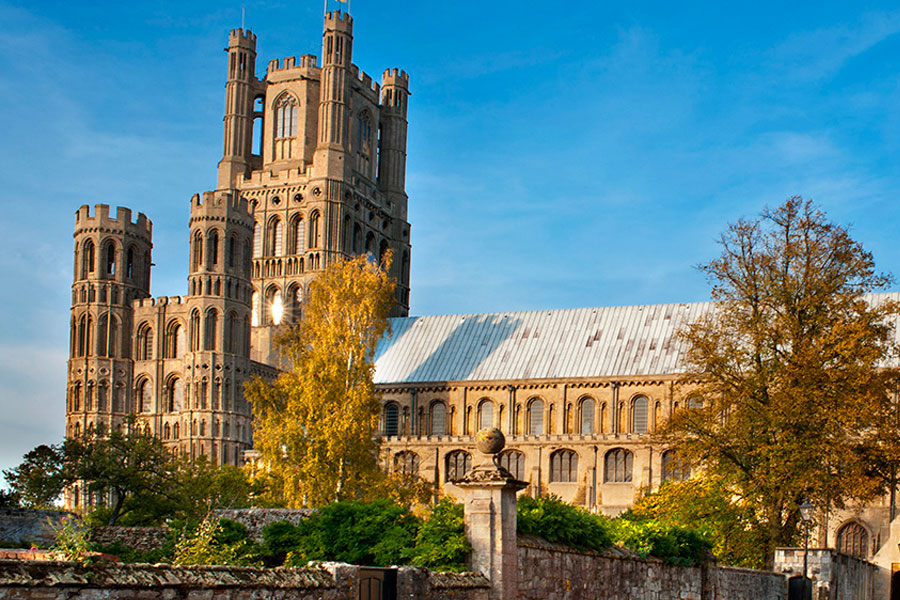
ely cathedral
Ely Cathedral, is sometimes known as the “Ship of the Fens,” and can be seen for miles across the flat Fenland landscape. This stunning medieval masterpiece dates back to 1083 and is known for its breath-taking octagonal lantern tower. Boaters can moor up in Ely and take a short walk from the moorings, to explore its magnificent architecture and history. Don’t miss the stained glass museum while you are there!
-
Cambridge’s Bridge of Sighs

bridge of sighs cambridge
While Venice may have the original, Cambridge’s Bridge of Sighs is a beauty in its own right. Built in 1831, this elegant covered bridge at St John’s College crosses the River Cam and can be visited on foot. In Cambridge, the furthest you can travel by narrowboat in the summer is to Jesus Green Lock, because the Cambridge Backs are busy with small unpowered craft, called punts. Hiring a punt on the Backs is a Cambridge tradition, but you’ll see more of the River Cam by hiring a narrowboat.
-
St German’s Pumping Station
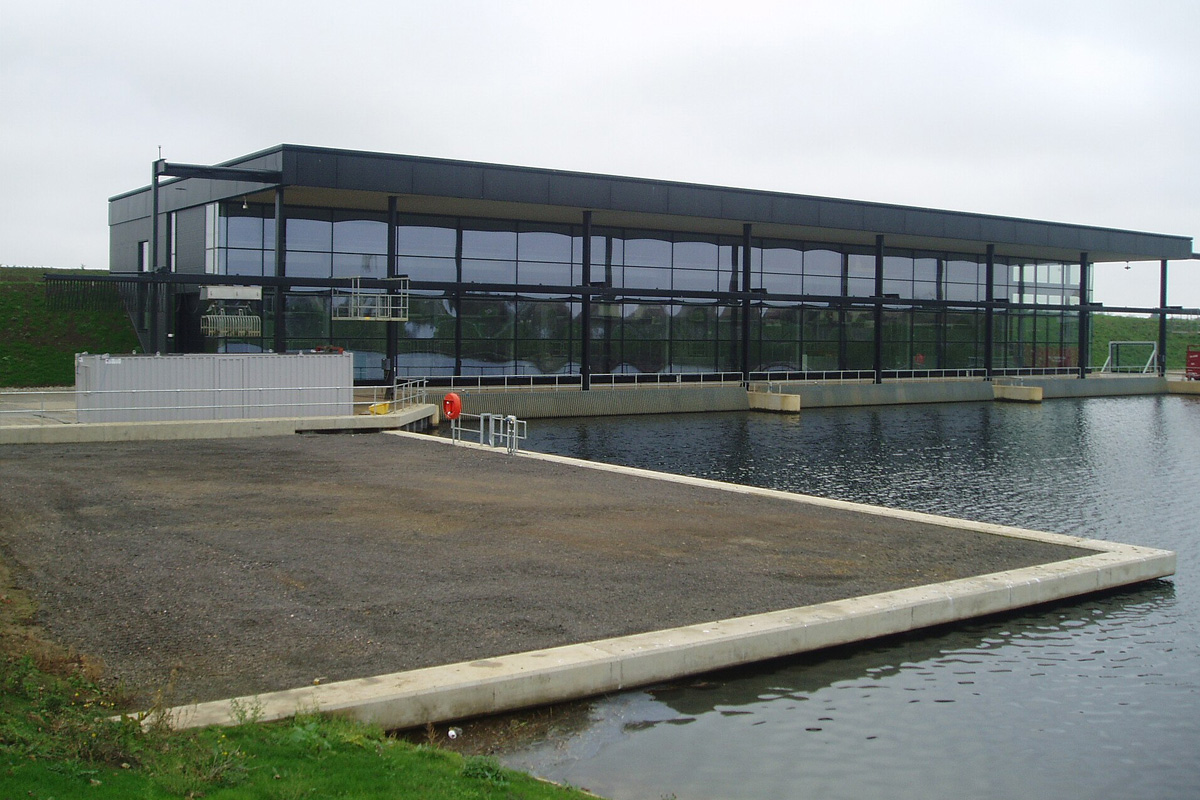
st germans pumping station – bob evens
The Fenlands are a landscape shaped by water, and St German’s Pumping Station plays a crucial role in keeping them navigable. The modern station, completed in 2010, replaced a Victorian-era pumping system and is one of the largest pumping stations in Europe. It helps prevent flooding in over 700 square kilometres of land, showcasing the engineering marvels that keep the Fenlands afloat. The Middle Level Main Drain leading to the station is not part of the navigable waterways and cannot be accessed by boat. Instead, you may like to visit Stretham drainage engine, a steam-powered engine built in 1831. Or even better, Prickwillow Museum, just east of Ely, tells the story of the changing face of the Fens and its network of drainage systems and pumping stations. This museum contains a collection of large diesel pumping engines which have all been restored to working order.
-
The Middle Level Navigation
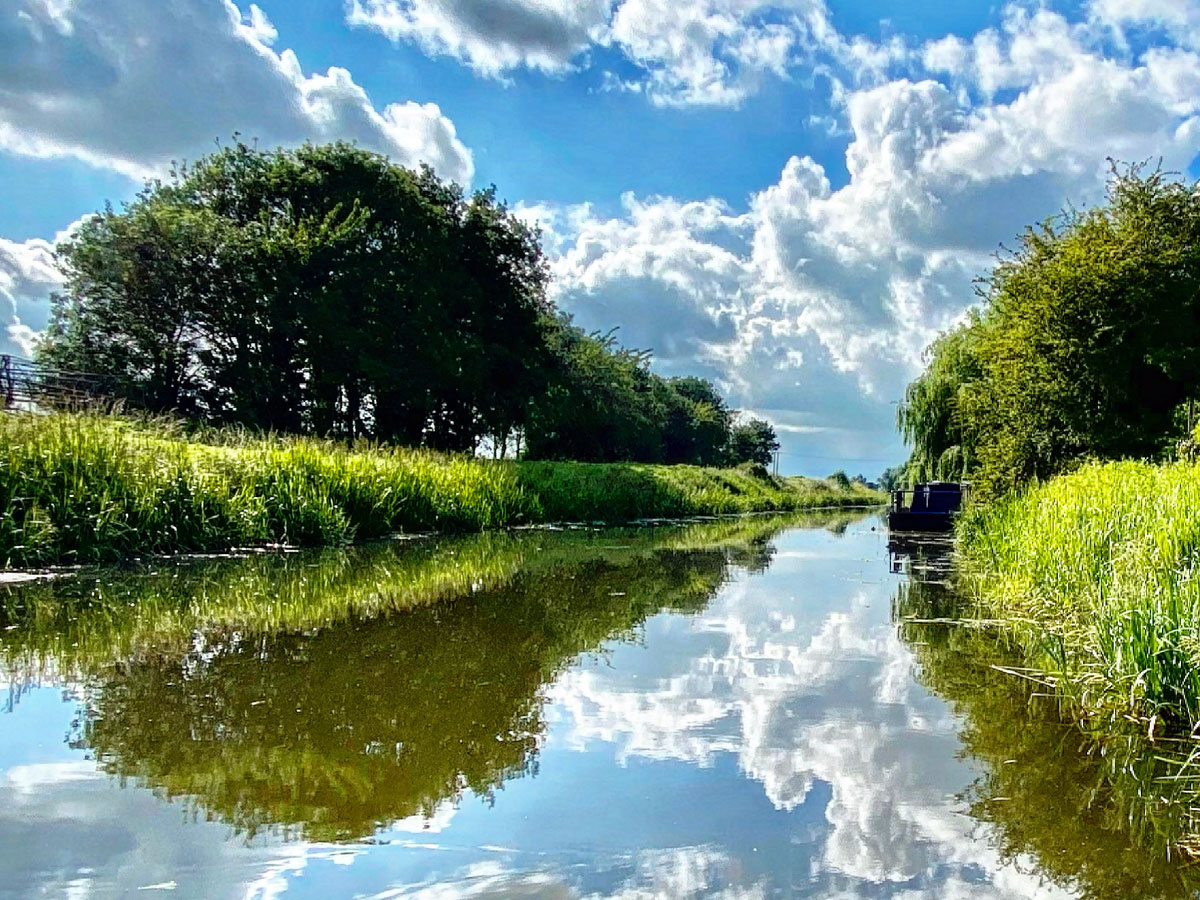
This complex network of rivers, drains, and channels connects the Fenland waterways with the River Nene and the Great Ouse. Dating back to drainage schemes of the 17th century, the Middle Level provides boaters with a fascinating route through remote landscapes, historic villages, and abundant wildlife. It’s a true hidden gem for adventurous cruisers. Fox Boats marina is on the Middle Level.
-
Buckden Great Tower
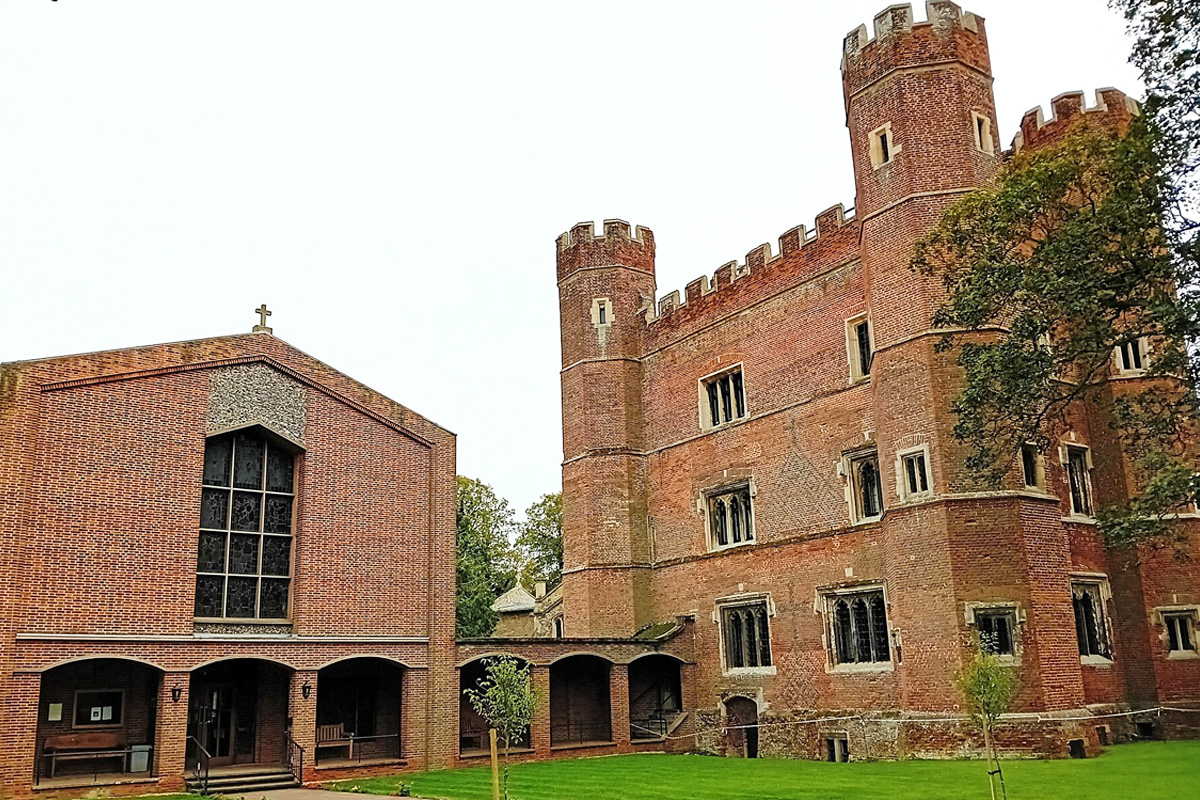
Bukden Great Tower St Hugh’s Church – Richard Kelly
Standing on the banks of the River Great Ouse, Buckden Towers has a fascinating royal history. This striking medieval tower was once a residence of the Bishops of Lincoln and, most famously, served as a place of imprisonment for Catherine of Aragon, the first wife of Henry VIII, after their divorce. A visit here offers a glimpse into Tudor intrigue and the fate of a wronged queen. There are public moorings on the River Great Ouse at Huntingdon and the 66 bus runs every 30 minutes. Buckden Towers is now a conference and retreat centre. The grounds, but not the buildings, are open to visitors, and dogs are not allowed.
-
The River Great Ouse
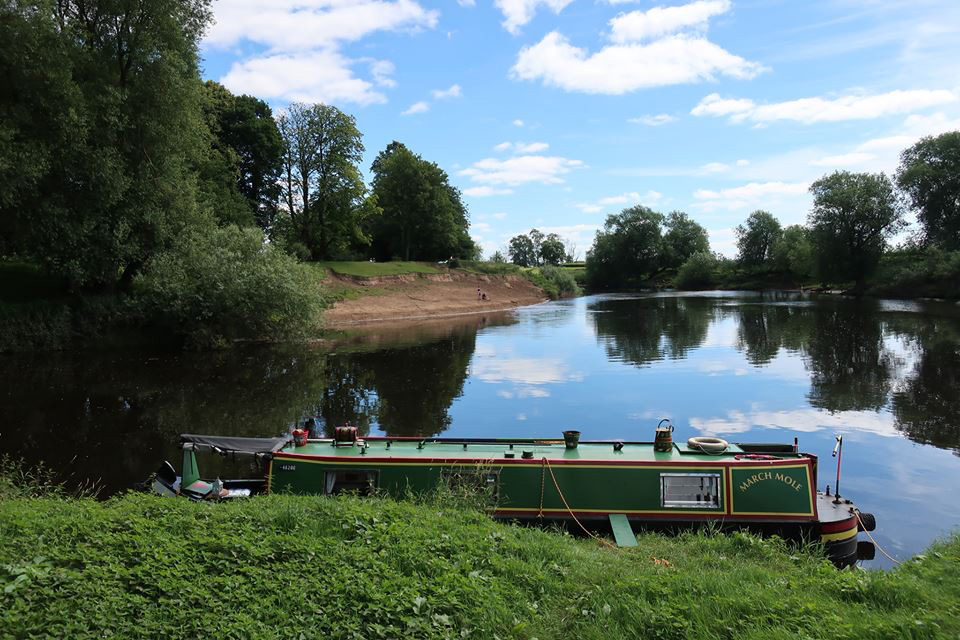
March Mole River Ouse
As the fourth-longest river in the UK, the River Great Ouse is the lifeblood of the Fenland waterways. Winding its way through stunning countryside, historic towns, and past centuries-old landmarks, it offers some of the most scenic and enjoyable boating routes in the region. Whether you’re mooring up in charming Ely, exploring St Ives, or simply enjoying the peace and tranquillity of the open water, the Great Ouse is a true wonder in itself.
Discover the Wonders for Yourself
The Fenland waterways may not have grand aqueducts or boat lifts, but they offer a unique charm, history, and beauty that make them a wonder to explore. From medieval bridges to royal intrigue, from engineering marvels to breath-taking scenery, these seven wonders showcase why a boating holiday in the Fens is an unforgettable experience.
Ready to explore the Seven Wonders of the Fenland Waterways? Book your narrowboat adventure with Fox Narrowboats and set off on a journey through history, nature, and hidden gems!
Are you new here? Click ‘Blog’ (top right) and look for ‘Follow Blog’ in the right sidebar to get the latest helpful holiday tips for this season. (We never share or sell email addresses, we’ll just be sending you selected articles from our blog.)
Image credits: St Ives Bridge – Fox, Ely Cathedral – istock, Bridge of Sighs – Deposit, St germans pumping station wiki CC SA-3.0 Bob1960evens, Bukden Great Tower St Hugh’s Church wiki CC BY-SA-4.0 Richard Kelly